Does Clothing Choices Impact Red Light Therapy Results
Introduction
Red light therapy is a popular non-invasive treatment that has gained attention for its potential therapeutic benefits. It utilizes red light wavelengths to penetrate the skin and stimulate various cellular processes. While the mechanism of red light penetration is crucial for achieving optimal results, the impact of clothing choices during therapy sessions is often overlooked. In this post, we will explore the effect of clothing on red light therapy and provide valuable tips for selecting the ideal clothing to enhance your treatment outcomes.
What is Red Light Therapy
Red light therapy, also known as photobiomodulation, involves exposing your skin to low-level red light wavelengths. These wavelengths penetrate deep into the skin, providing a range of amazing benefits for your body and mind.
Understanding the Mechanism of Red Light Penetration
Red light penetration refers to the ability of red light wavelengths to penetrate the skin and reach underlying tissues. The mechanism behind red light penetration involves the interaction between light and biological tissues.
Red light has a longer wavelength compared to other visible light colors, such as blue or green light. This longer wavelength enables red light to penetrate deeper into the skin and tissues. When red light is applied to the skin, it is absorbed by molecules called chromophores within the cells.
One important chromophore that interacts with red light is cytochrome c oxidase, an enzyme found in the mitochondria of cells. When red light is absorbed by cytochrome c oxidase, it can enhance cellular metabolism and energy production.
Additionally, red light can stimulate the production of adenosine triphosphate (ATP), which is the main energy currency of cells. This increase in ATP production can have various beneficial effects on cellular function, including promoting tissue repair, reducing inflammation, and enhancing collagen production.
The penetration depth of red light depends on factors such as the wavelength used, the intensity of the light, and the specific characteristics of the tissue being treated. Generally, red light can penetrate several millimeters to a few centimeters into the skin, reaching target tissues and providing therapeutic benefits.
However, one thing that most people ask is whether this red-light treatment can still be effective if they undergo the therapy sessions with their clothes on.
The Effect of Clothing on Red Light Therapy
Clothing can have an impact on the effectiveness of red light therapy. The choice of clothing can influence the penetration of red light into the skin and tissues, potentially affecting the therapeutic benefits of the treatment.
Choice of Clothing When Using a Red Light Therapy Device
Thicker or denser fabrics, such as heavy cotton or denim, may obstruct the penetration of red light. These materials can absorb or block the light, reducing its ability to reach the targeted areas. In contrast, lighter and more breathable fabrics, like thin cotton or spandex, allow better light transmission and can enhance the therapy's effectiveness.
The color of clothing can also play a role. Dark-colored fabrics tend to absorb more light, while lighter colors reflect more light. Therefore, wearing lighter-colored clothing during red light therapy sessions may help maximize the light's penetration into the skin.
Tight-fitting clothing can create pressure on the skin, which may hinder the optimal contact between the light source and the treatment area. Looser-fitting garments or clothing with stretchable fabrics can provide better skin contact, allowing the light to reach the targeted tissues more effectively.
It's important to note that some red light therapy devices are designed to be used directly on the skin, without the need for clothing. In such cases, clothing may not be a factor to consider.
In summary, the choice of clothing can impact the effectiveness of red light therapy. Opting for lighter, breathable fabrics and avoiding thick or tight-fitting garments can help ensure better light penetration and maximize the potential benefits of the treatment.
Tips for Selecting the Ideal Clothing for Red Light Therapy Sessions
When selecting clothing for red light therapy sessions, consider the following tips:
1. Opt for lightweight and breathable fabrics: Choose clothing made from materials like thin cotton or spandex that allow better light transmission and ventilation. This helps ensure that the red light can penetrate the skin effectively.
2. Wear lighter-colored clothing: Lighter colors tend to reflect more light, which can enhance the penetration of red light into the skin. Consider wearing white or pastel-colored garments during your therapy sessions.
3. Choose loose-fitting clothing: Opt for loose-fitting garments that don't create excessive pressure on the skin. This allows for better contact between the light source and the treatment area, maximizing the therapy's effectiveness.
4. Avoid thick or layered fabrics: Thick or layered clothing can obstruct the penetration of red light. Avoid heavy fabrics like denim or multiple layers of clothing that may block or absorb the light.
5. Consider specialized clothing options: Some manufacturers offer specialized clothing designed specifically for red light therapy. These garments may have features like strategic cutouts or reflective materials to enhance light penetration. Explore these options for an optimized therapy experience.
6. Remove jewelry and accessories: Before the session, remove any jewelry or accessories that could block the light from reaching the skin, such as bracelets, necklaces, or watches.
Remember that the specific requirements for clothing may vary depending on the type of red light therapy device being used and the treatment area. It's always a good idea to consult with the manufacturer or your healthcare provider for any specific clothing recommendations for your particular therapy.
Conclusion
Red light therapy is a non-invasive, affordable, and safe type of treatment with immense health benefits to the body. The health benefits of using this innovative treatment may range from pain relief, and skin health improvement, to mood regulation and quality sleep.
To optimize red light therapy, considerations should be given to clothing material, color, and thickness. Choosing lightweight and breathable fabrics allows for better light penetration. Lighter-colored clothing reflects more light, enhancing therapy efficacy. Avoiding thick or layered fabrics prevents obstruction of red light. These clothing choices contribute to achieving the best possible therapeutic outcomes during red light therapy sessions.
Remember, the right clothing can make a difference in harnessing the full potential of red light therapy.

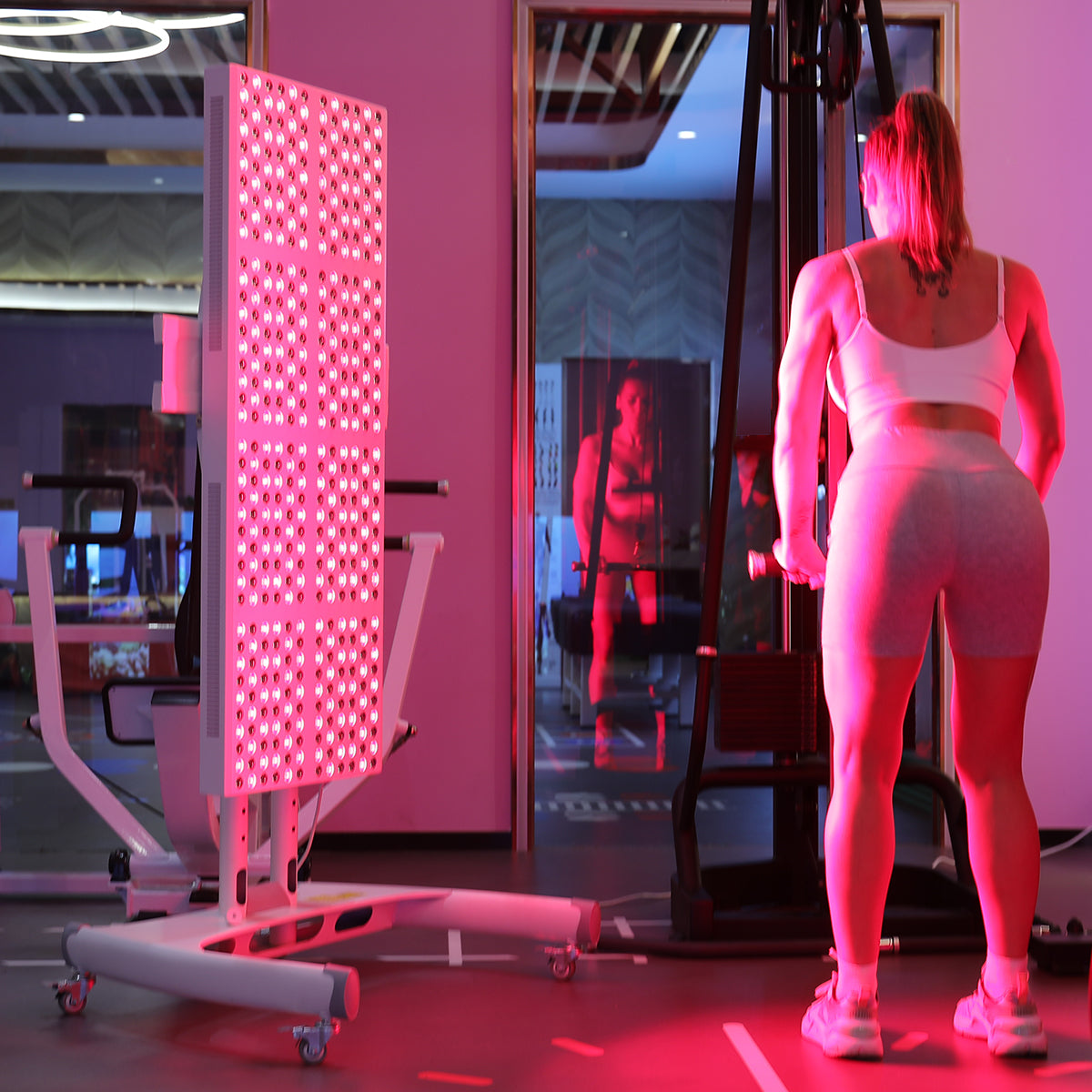
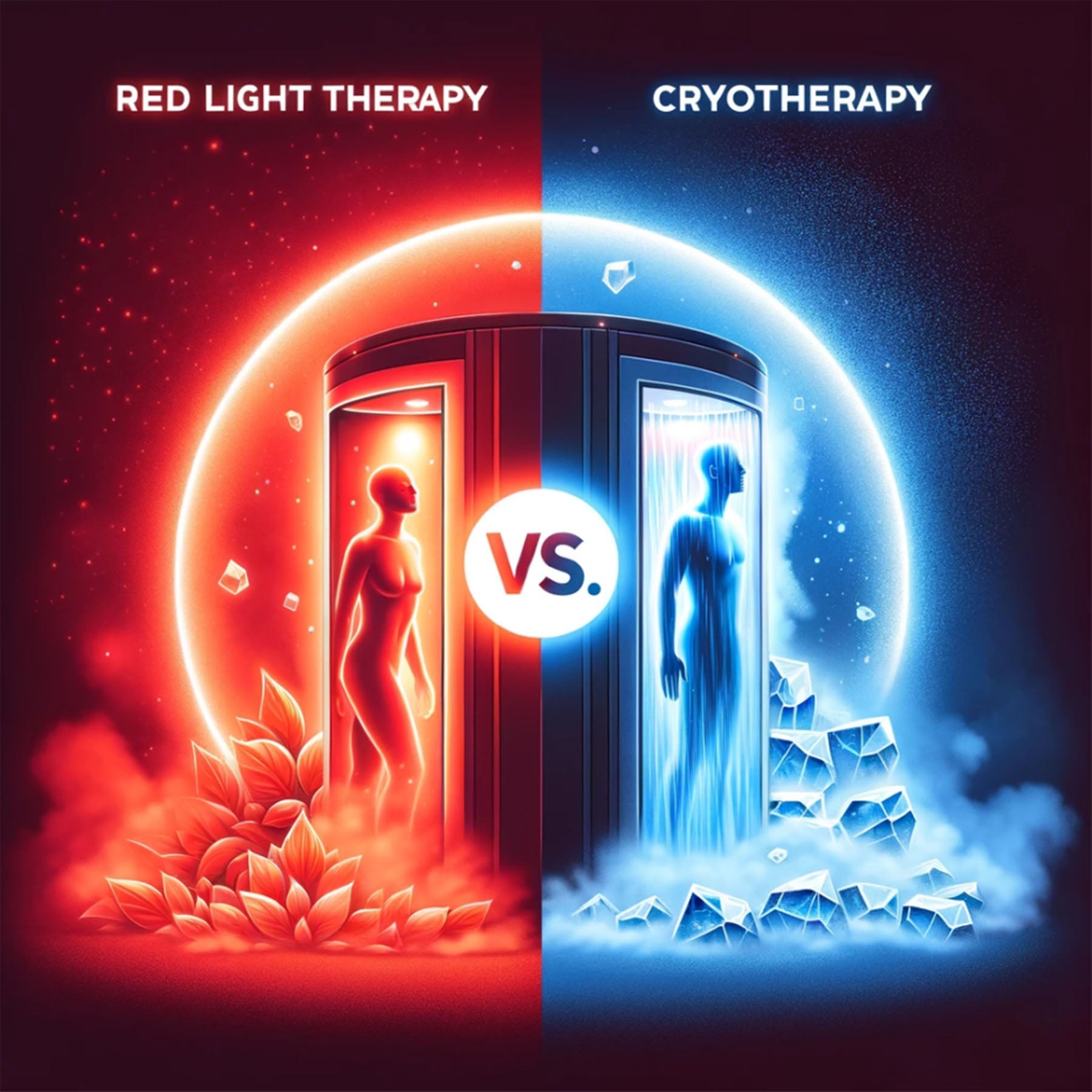
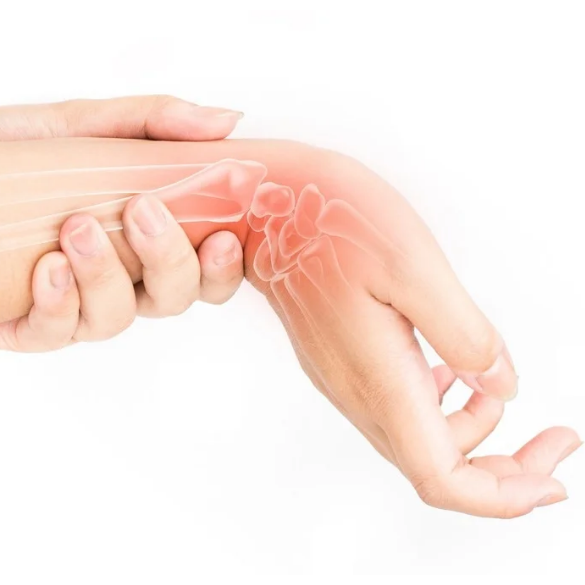
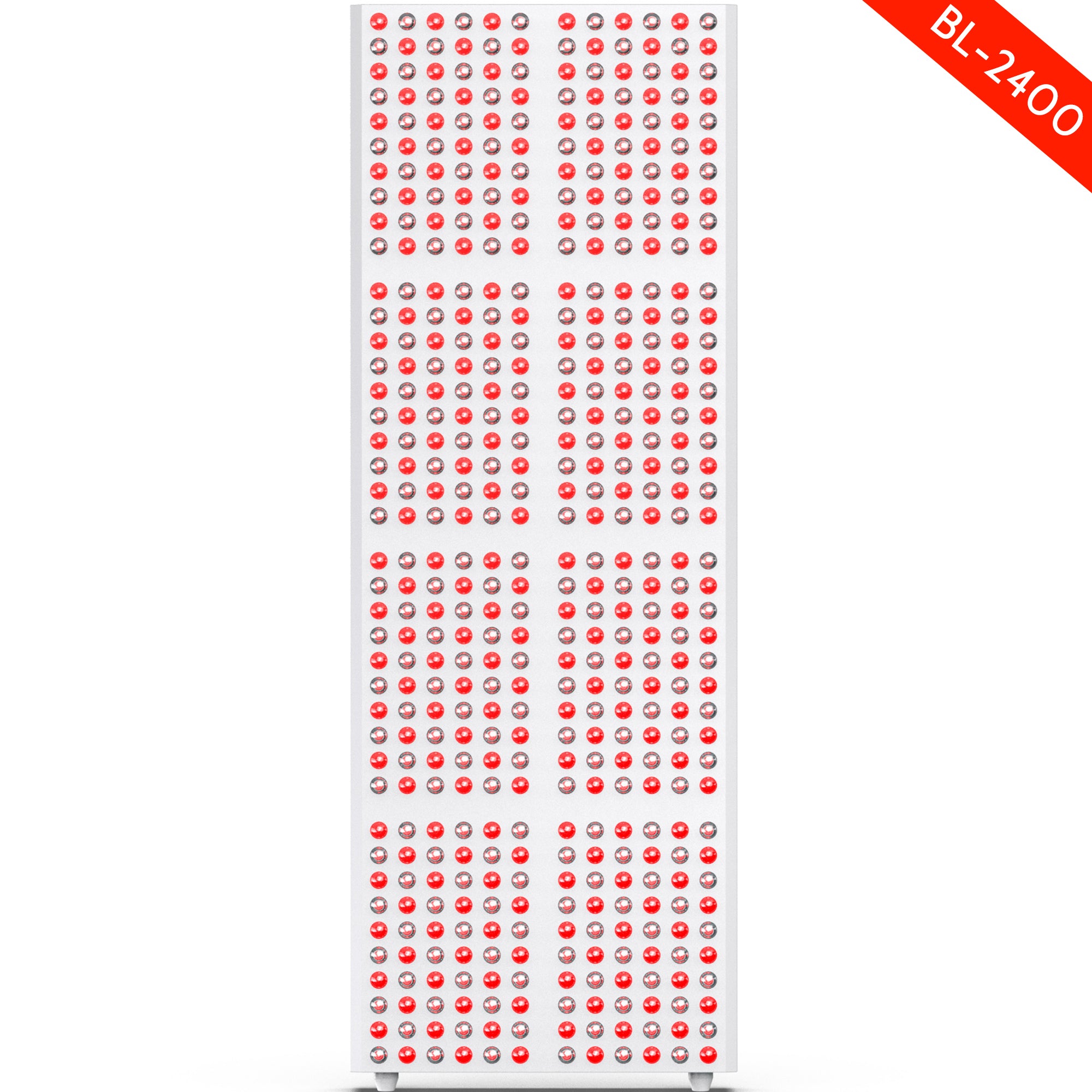
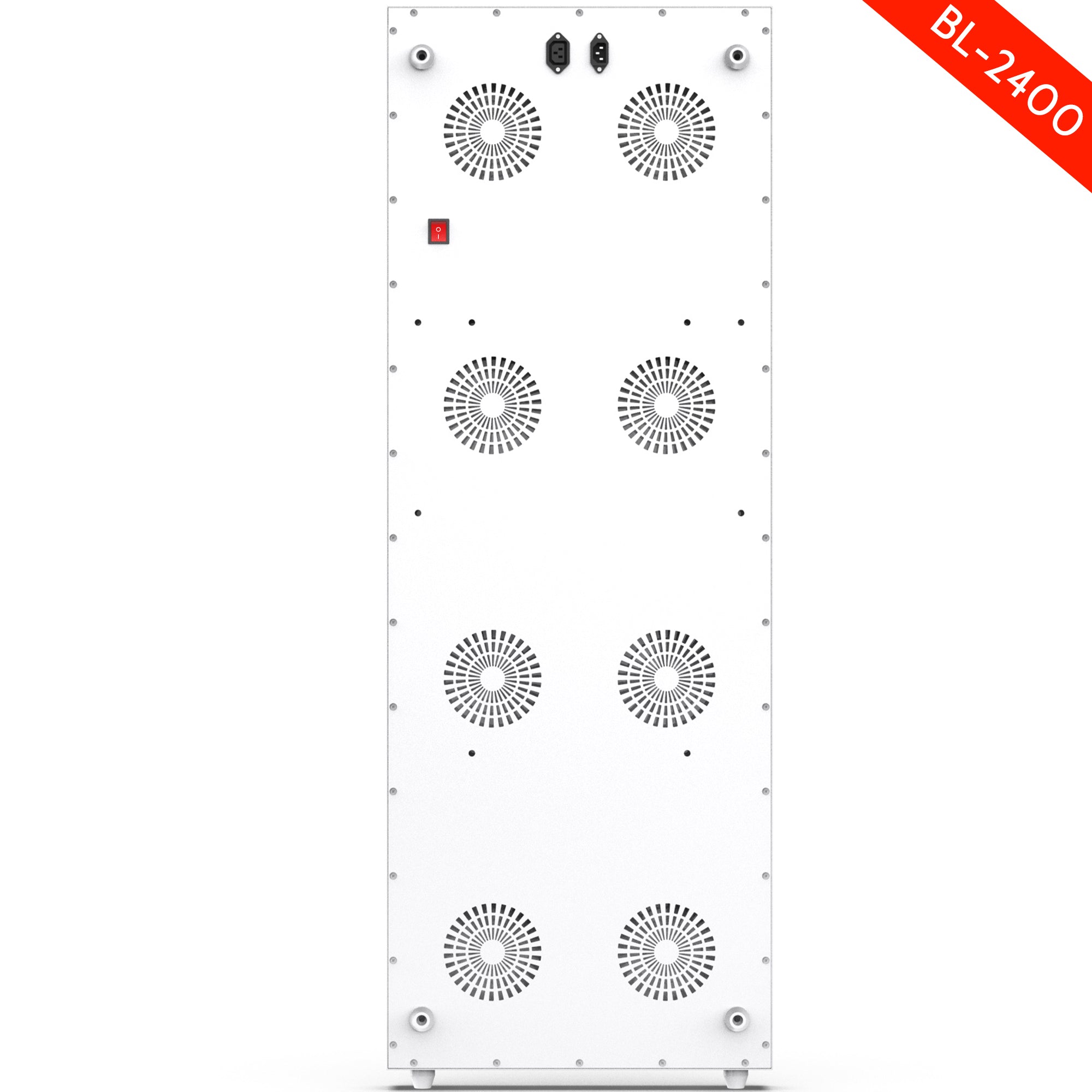
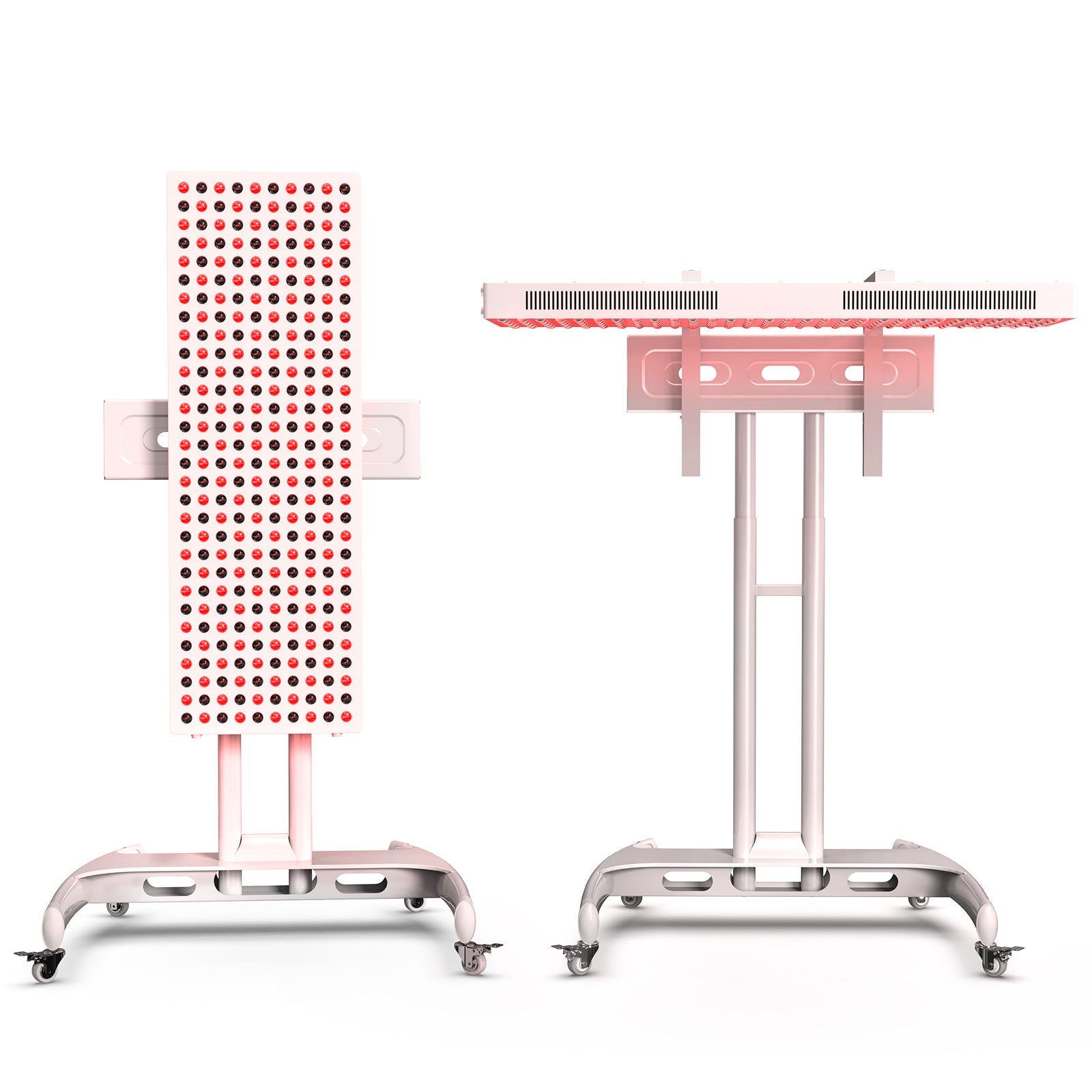
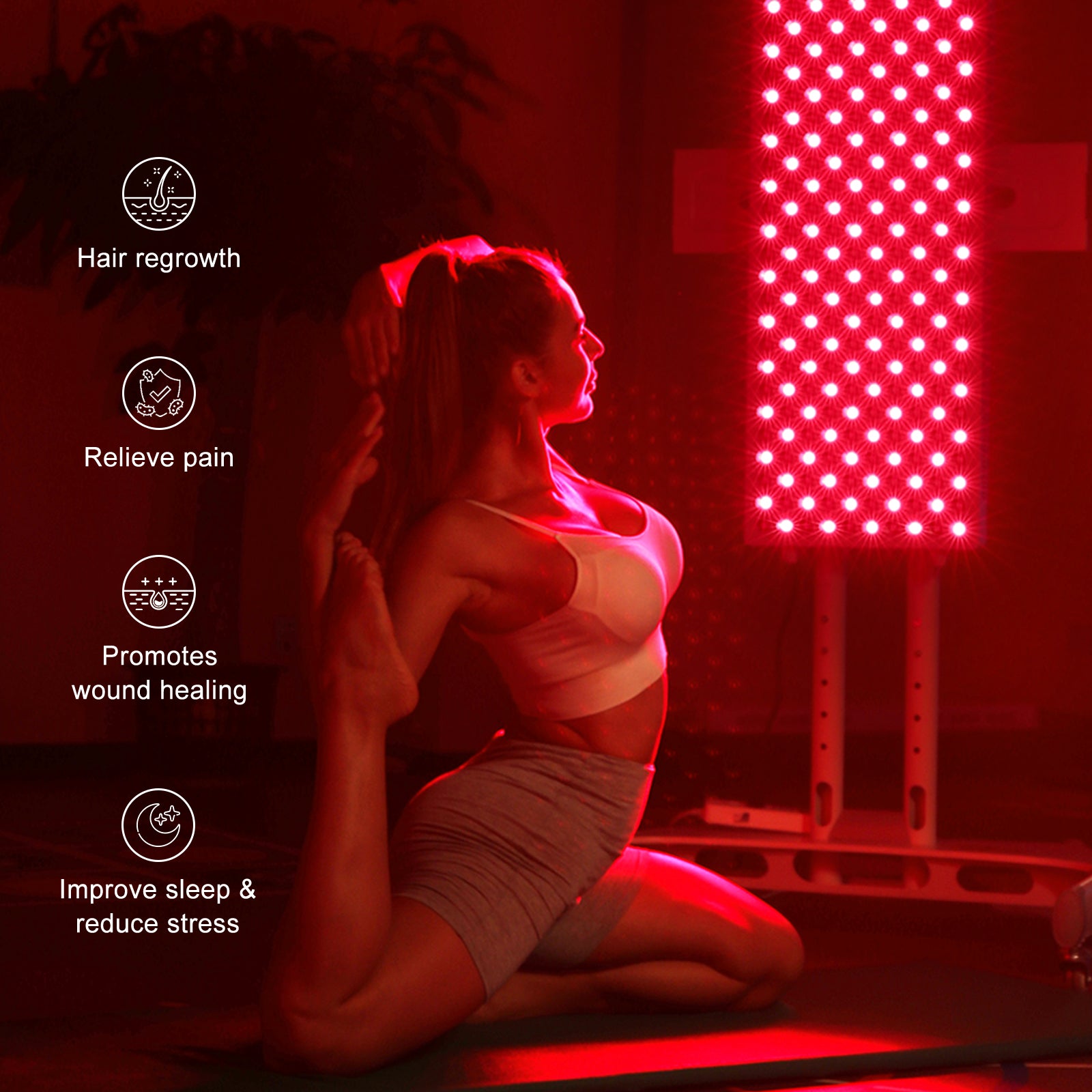
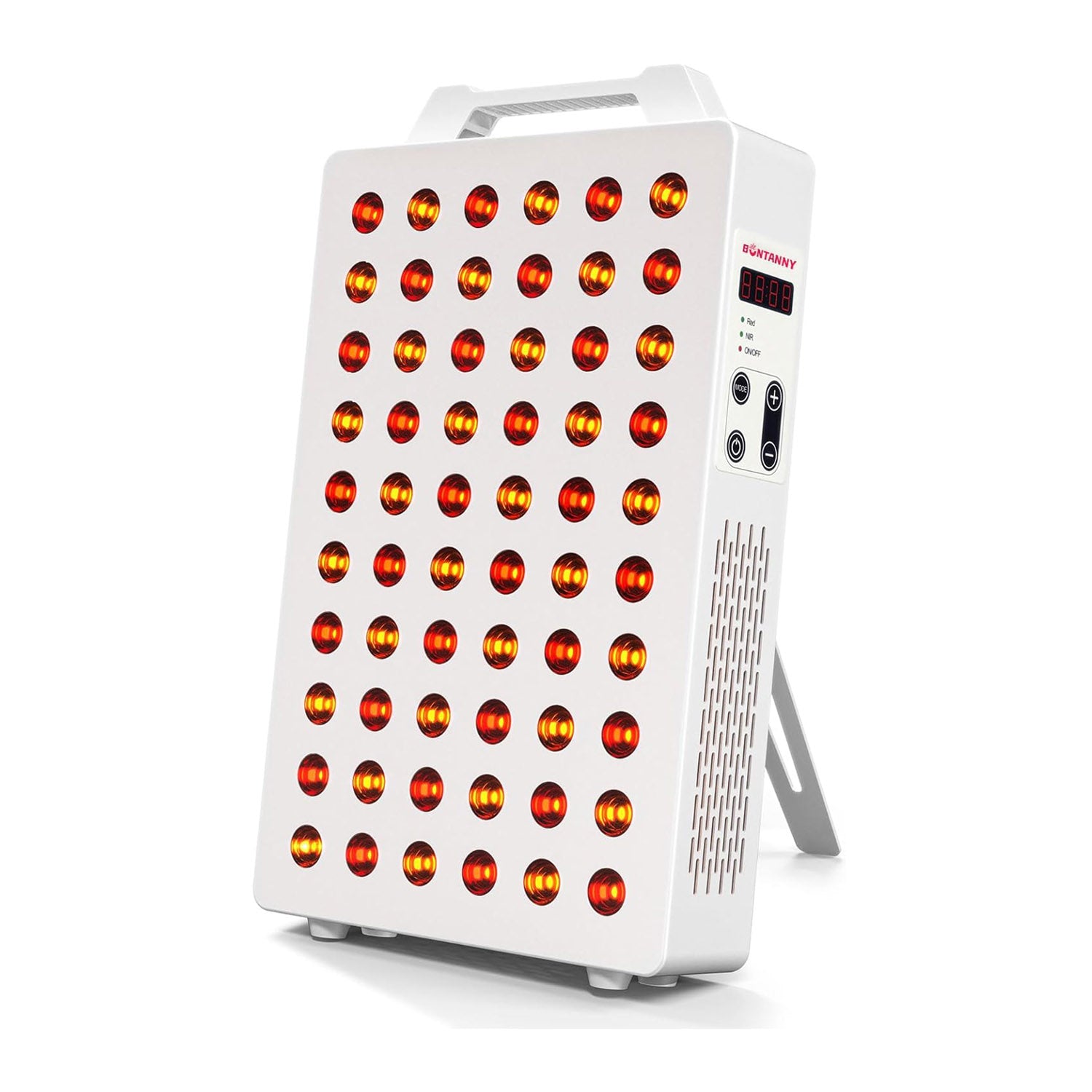
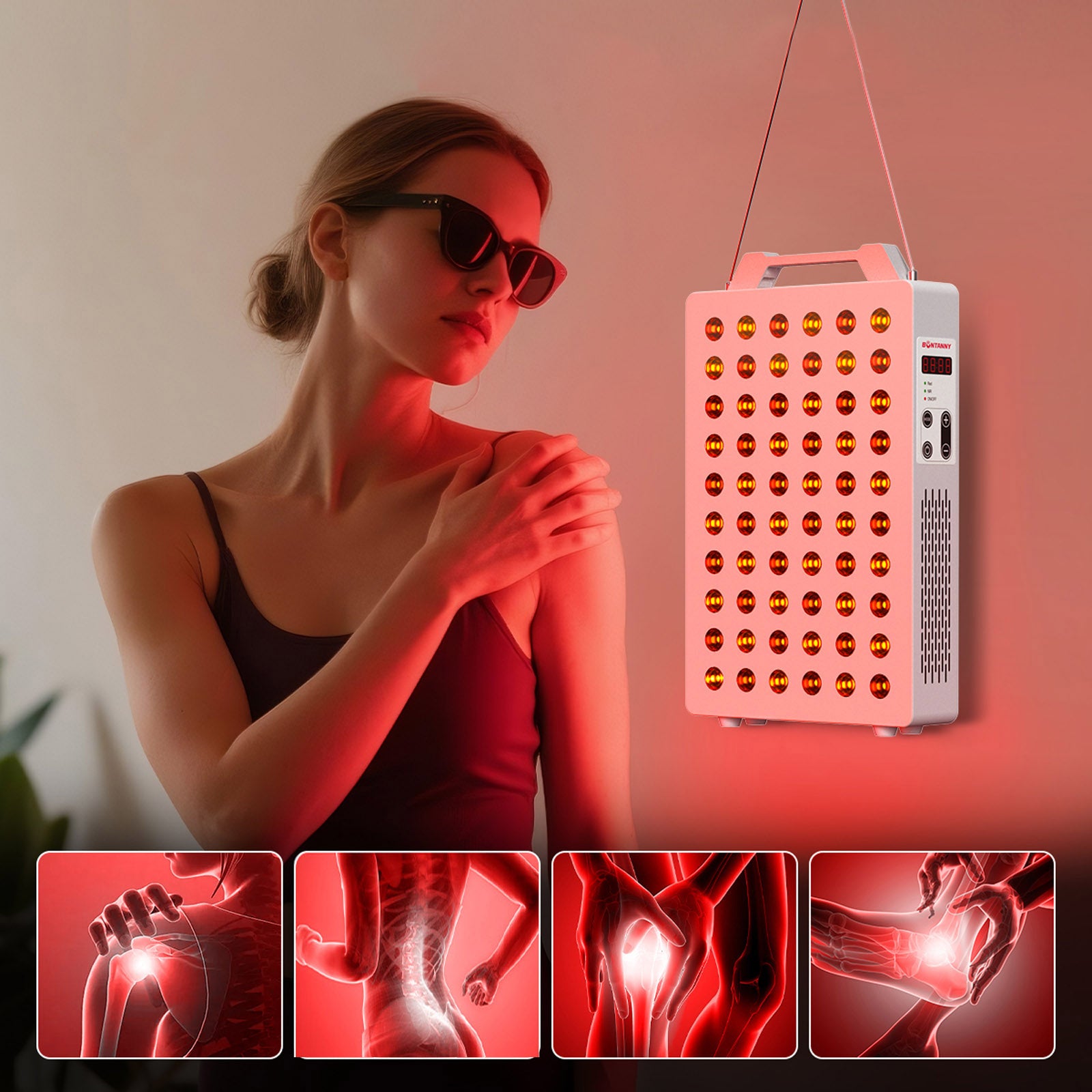
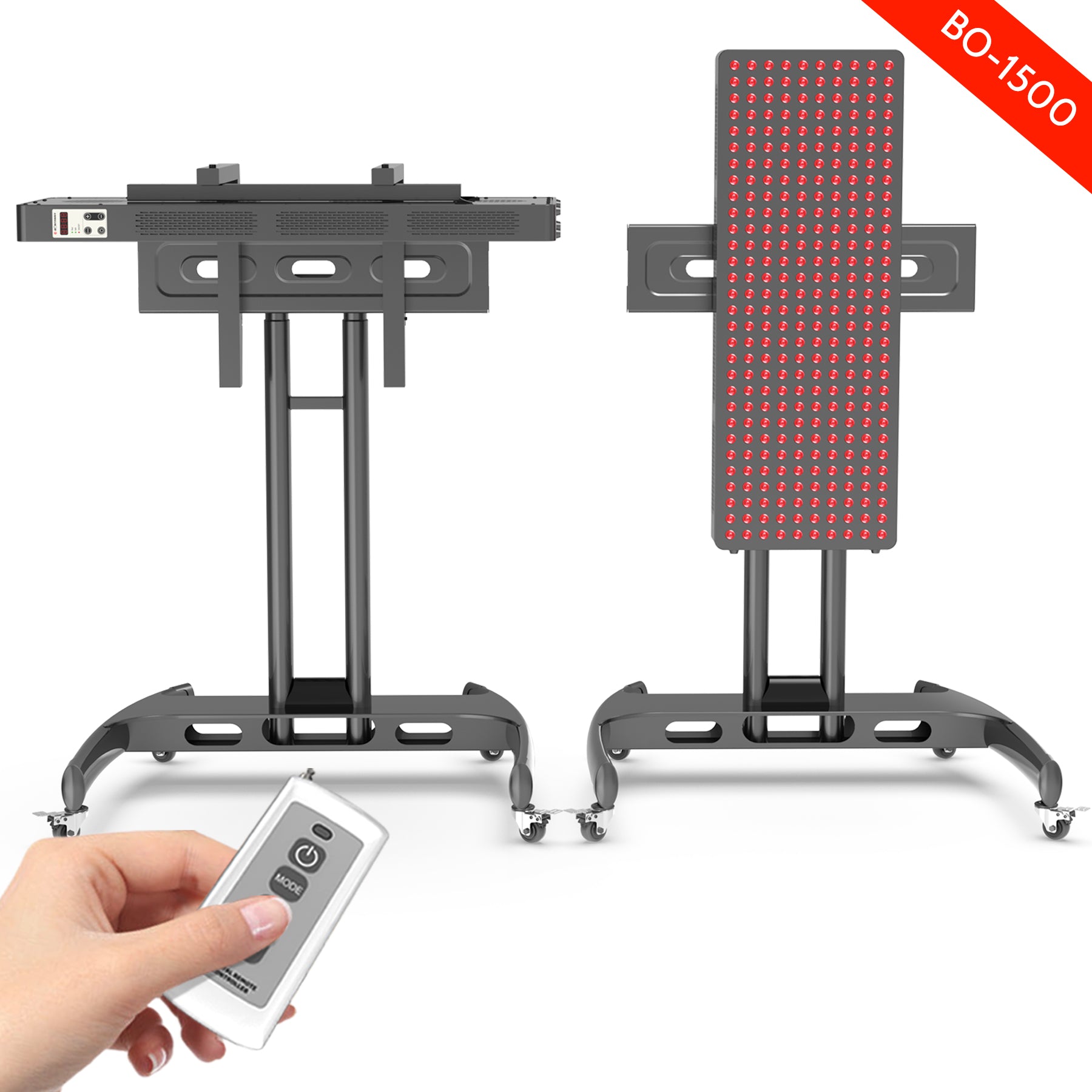
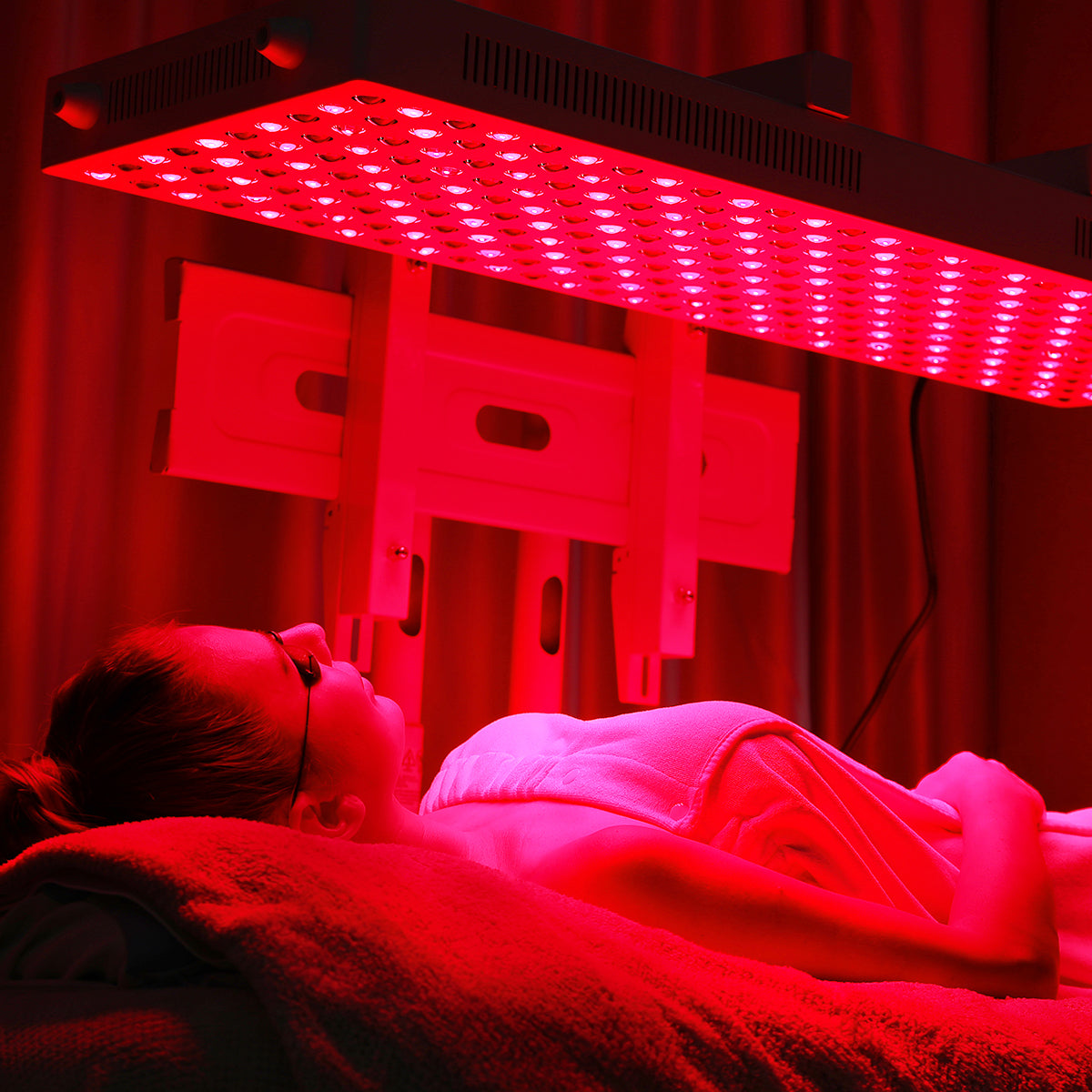
Leave a comment
This site is protected by hCaptcha and the hCaptcha Privacy Policy and Terms of Service apply.